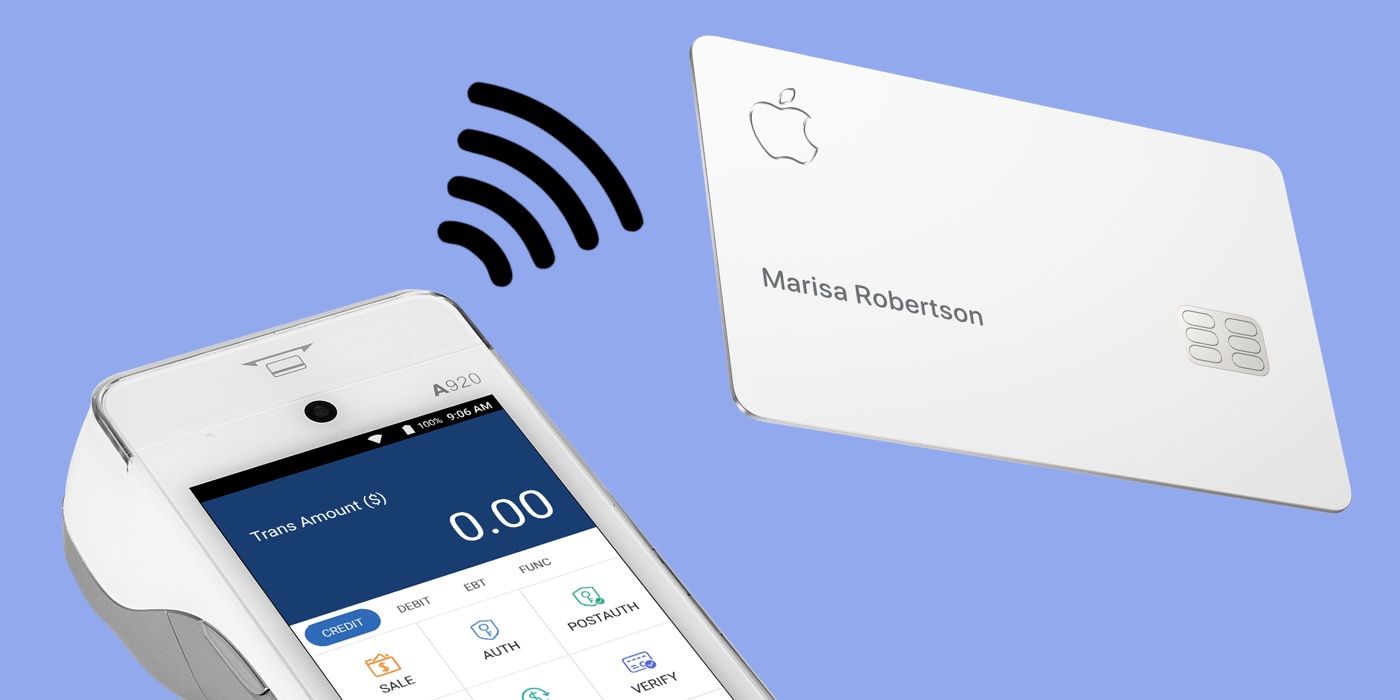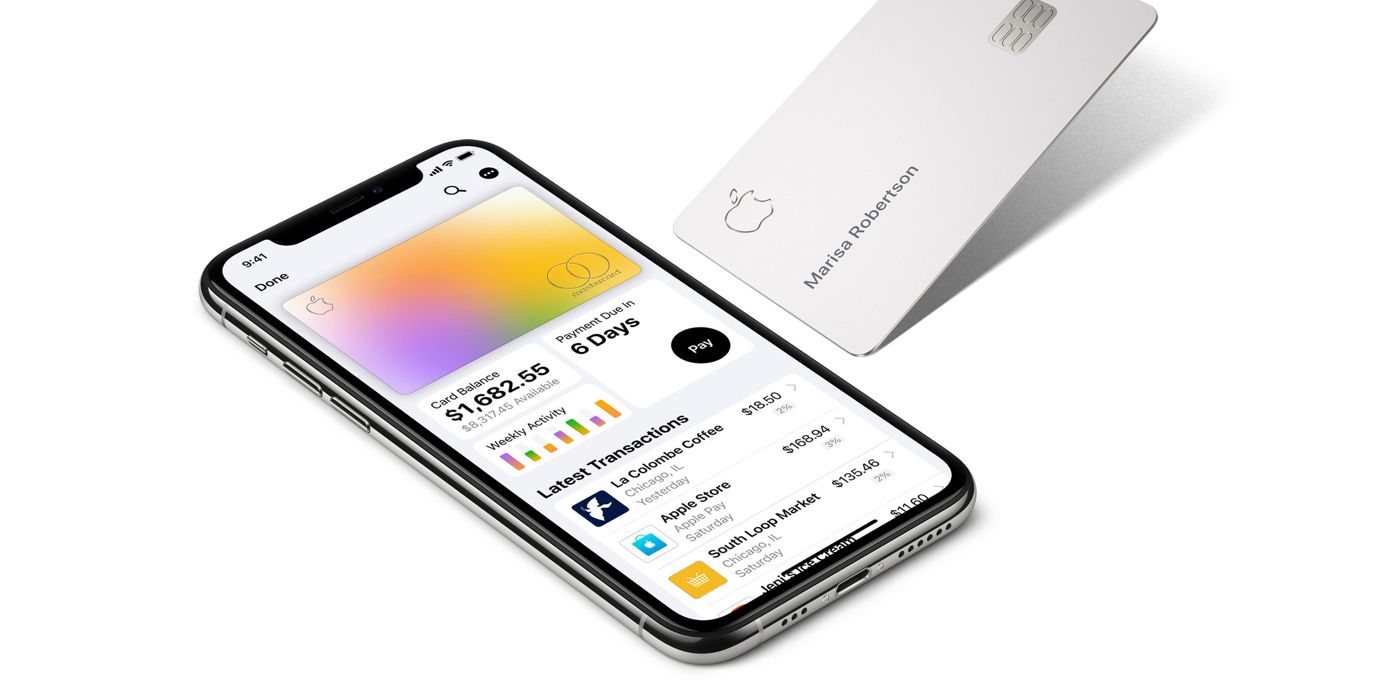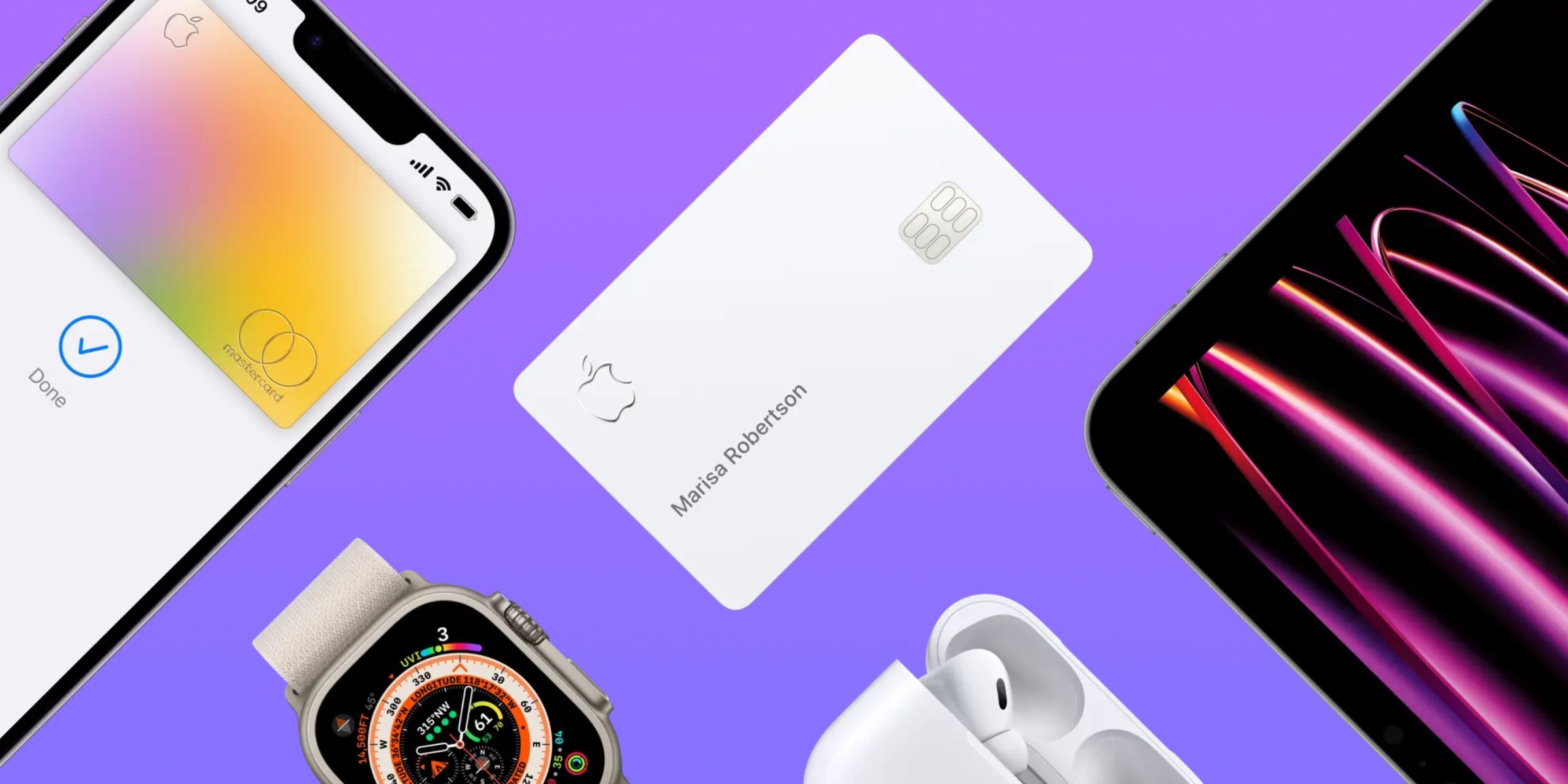Summary
- The physical Apple Card lacks NFC capabilities because its titanium material prevents electromagnetic signals from passing through metal, making contactless payments impossible.
- Apple encourages users to use Apple Pay instead of the physical card, as evidenced by higher cashback rates for Apple Pay transactions.
- While the physical card may not support contactless payments, it can still be used at payment terminals, making it useful for offline purchases in locations where Apple Pay is not accepted.
The Apple Card is touted as a modern solution to the dilemma facing credit cards in the digital era, but the physical titanium card lacks the NFC standards that are commonplace on other cards. One of the benefits of the credit card, compared to other offerings from well-known brands in the banking sphere, is its ease of use. The card is nearly too easy to sign-up for, taking just minutes in the iPhone Wallet app. It also has straightforward billing materials, intuitive payment processes, and a fair cashback system. When using the physical titanium card that can be requested through the app, the experience is much more rudimentary compared to other cards.
It turns out that there may be a purely technical reason why the physical Apple Card doesn't support tap to pay or NFC. The credit card is unique as it is made out of pure titanium and etched with the cardholder's name using a laser, and features a chip alongside a traditional magstripe. For this reason, Apple Card represents luxury — its heavyweight feel and numberless, all-white appearance make it seem premium. When the card was first introduced in 2019, contactless credit cards were not as commonplace throughout the industry. In the years since, the feature has spread and most new cards issued are NFC-enabled. The titanium makeup of the company's credit card seemed clever at the time, however, it is the Apple Card's material that makes contactless payments impossible.
Apple Wants You To Use Apple Pay
As Seritag explains, NFC tags work through electromagnetic induction, which sends a signal from the card to the payment terminal to identify the credit card and approve the transaction. It is impossible for electromagnetic signals to pass through metal, ruling out an NFC-enabled titanium card. While it is possible to add some sort of NFC identifier atop a metal surface, it would ruin the card's aesthetic and perform worse than a plastic card due to the metal's interference. Without a plastic window to allow the NFC tag to connect with a payment terminal, or about half a millimeter of spacing between the tag and metal, contactless payments would not work properly.
There might be a way to add contactless payments to the physical Apple Card, but Apple is in no rush to bring that feature to its titanium credit card. From the start, Apple has indicated its preference for the Apple Card to be used through Apple Pay on a compatible device over the physical card. This is evidenced through its cashback tiers — Apple Pay yields up to three percent cashback, while the physical card tops out at one percent across the board. It can be frustrating that the most intuitive card in a wallet doesn't support contactless payments, but there's no clear way to add the functionality while preserving the Apple Card's image and purpose.
The Titanium Apple Card Has One Benefit
Apple Card is backed by some of the best in the business, with Goldman Sachs serving as the issuing bank. In addition, the card uses Mastercard's global payments network, which ensures that the Apple Card is accepted at many locations around the world. In places where Apple Pay is accepted, users can make contactless payments using their iPhone and Apple Watch. This is the easiest way for anyone to make NFC payments, even if they have a physical Apple Card.
Apple provides a virtual card number to use in offline stores or online retailers where Apple Pay isn't accepted. However, those who have a titanium card can just use their card at a payment terminal in stores, without having to enter a virtual card number. This may not be as useful as NFC, but for those who make a fair number of offline purchases, it's handy to be able to swipe the Apple Card, particularly in locations or countries where Apple Pay isn't accepted.



